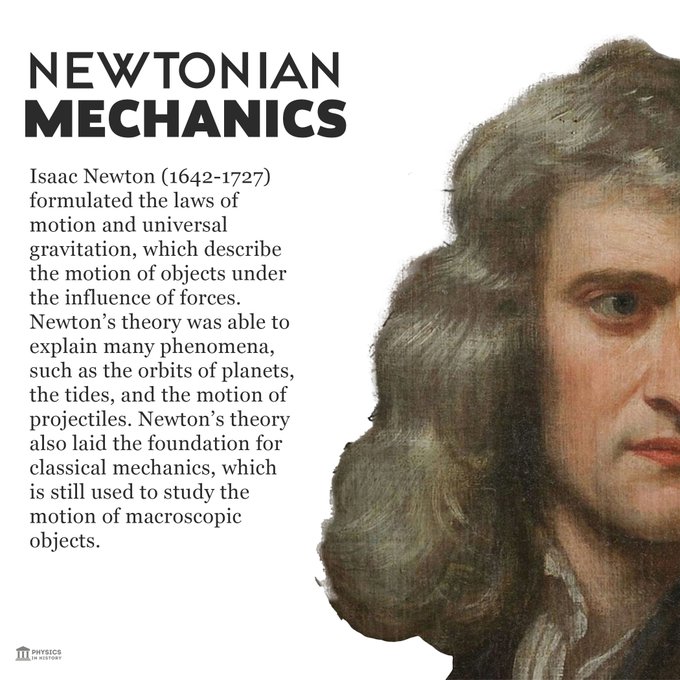Westminster Abbey is the parish church of the nation. A museum not of objects put of the British people who are either interred here or commemorated by a statue or a plaque. Arguably the most famous resting place is poets corner the resting place of poets, writers, musicians and actors and, currently, a COVID-19 Vaccination Centre. However, my favourite part is the “Scientist’s corner” in the nave, on the left-hand side just be the choir stalls.

The Scientist’s Corner at Westminster Abbey. Image by HerryLawford, licensed under CC BY 2.0
I sometimes jokingly call this “Cambridge corner”. There is some truth here, the University of Cambridge has been at forefront of Natural Sciences for over 300 years reflected in the proportionally high number of scientists which are either buried or commentated in this part of the Abbey or very close by. In this small space we have the Geologist and Biologist Charles Darwin, Physicist’s Ernest Rutherford and Sir Joseph John Thomson; Mathematician’s William Thomson, Lord Kelvin, James Clerk Maxwell Paul Dirac and George Green; and the astronomer John Herschel Astronomer and son of William Herschel the discover who discovered with his sister Caroline the planet Uranus in the City of Bath. Pride place is Sir Isaac Newton who not only rests here but also has a wonderful memorial to his life and work.
Although the founders of The Royal Society were from the Other place (University of Oxford) Newton who died on 31st March 1727 is widely regarded as one of the greatest mathematicians and most influential scientists of all time and as a key figure in a period of the late 17th century – early 18th called the scientific revolution. Newton was born in Woolsthorpe Manor near Grantham, Lincolnshire (now in the care of the National Trust).
He arrived at Trinity College in Cambridge in 1661, however, shortly after obtaining his degree 1665, the university was temporarily closed due to the Great Plague. Returning home to the rural isolation of Woolsthorpe Manor it was at this moment he reached the height of his creative power, working on his theories on calculus, optics, and the law of gravitation. It was here that sitting under an apple tree that he observed a single apple falling to the ground. Newton conceived that the same force that pulled the apple towards the earth governed the motion of the Moon and the planets. He calculated the force needed to hold the Moon in its orbit, this was the basis of the laws of gravitation and planetary motion. It was also during these three years of intense mental effort he prepared Philosophiae Naturalis Principia Mathematica more commonly known as the Principia.

Newton after William Blake by Eduardo Paolozzi 1995 at the British Library. Image by John McCullough , published under the license CC BY 3.0
On returning to Cambridge Newton was appointed fellow of Trinity College and the second Lucasian Professor of Mathematics at the University. He was knighted by Queen Anne in 1705 and spent the last three decades of his life in London, serving as Warden and Master of the Royal Mint living within the walls of the Tower of London and finally serving as president of the Royal Society. He was finally laid to rest under a slab that says in Latin Hic depositum est, quod mortale fuit Isaaci Newtoni – in English, “Here lies that which was mortal of Isaac Newton”.

Westminster Abbey, London. Imagbe by kevinpoh, licensed under CC BY 2.0
Adjacent to Newton is another holder of the Lucasian Professor of Mathematics. On his grave it says “Here lies what was mortal of Stephen Hawking 1942-2018″. Arguably a scientist that can rival Newton in his monumental contribution to theoretical physics, Hawking arrived in Cambridge in 1962 from Oxford. Hawking had wanted Fred Hoyle to his PhD supervisor however he already had too many students. This turned out to be fateful moment for Hawking, instead of having Hoyal he had the far more accessible Dennis Sciama. Hawking began to focus on one of the most fundamental questions in Cosmology – origin and evolution of the universe. Hoyal was a proponent of the steady state theory. This states that the density of matter in the expanding universe remains unchanged due to a continuous creation of matter. The rival theory was that the universe had started in a single event called the singularity. Opponents of the theory had coined the name “big bang” in mockery. Sciama, on the other hand, was happy for Hawking to investigate the beginning of time.
Hawking was studying the work of Roger Penrose, which proved that if Einstein’s general theory of relativity is correct, at the heart of every black hole must be a point where space and time themselves break down. Hawking realised that if “time’s arrow” were reversed, this would now apply to the whole universe. Within his thesis Hawking was able to work out the maths to prove the universe according to general relativity began in a singularity the Big Bang. This incredible achievement was done when Hawking was suffering from the early stages of amyotrophic lateral sclerosis, a degenerative motor neurone disease and originally given just 2 years to live. He would defy medical science to make many more discoveries and even making an appearance in the hit US sitcom “Big Bang Theory”. The movie “The Theory of Everything” also details his life and won several nominations.

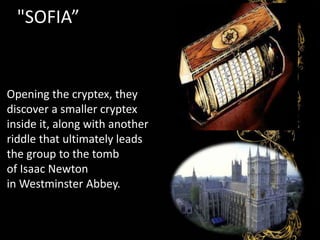


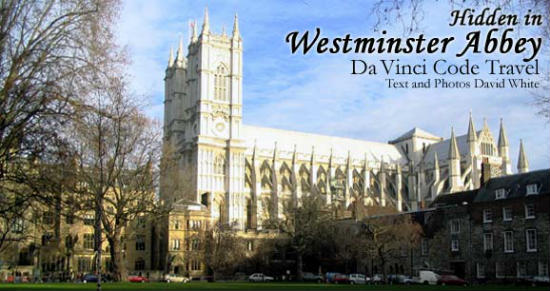

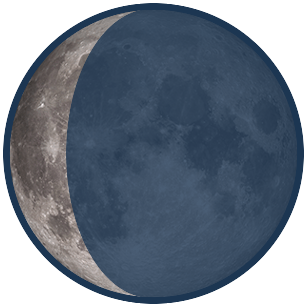
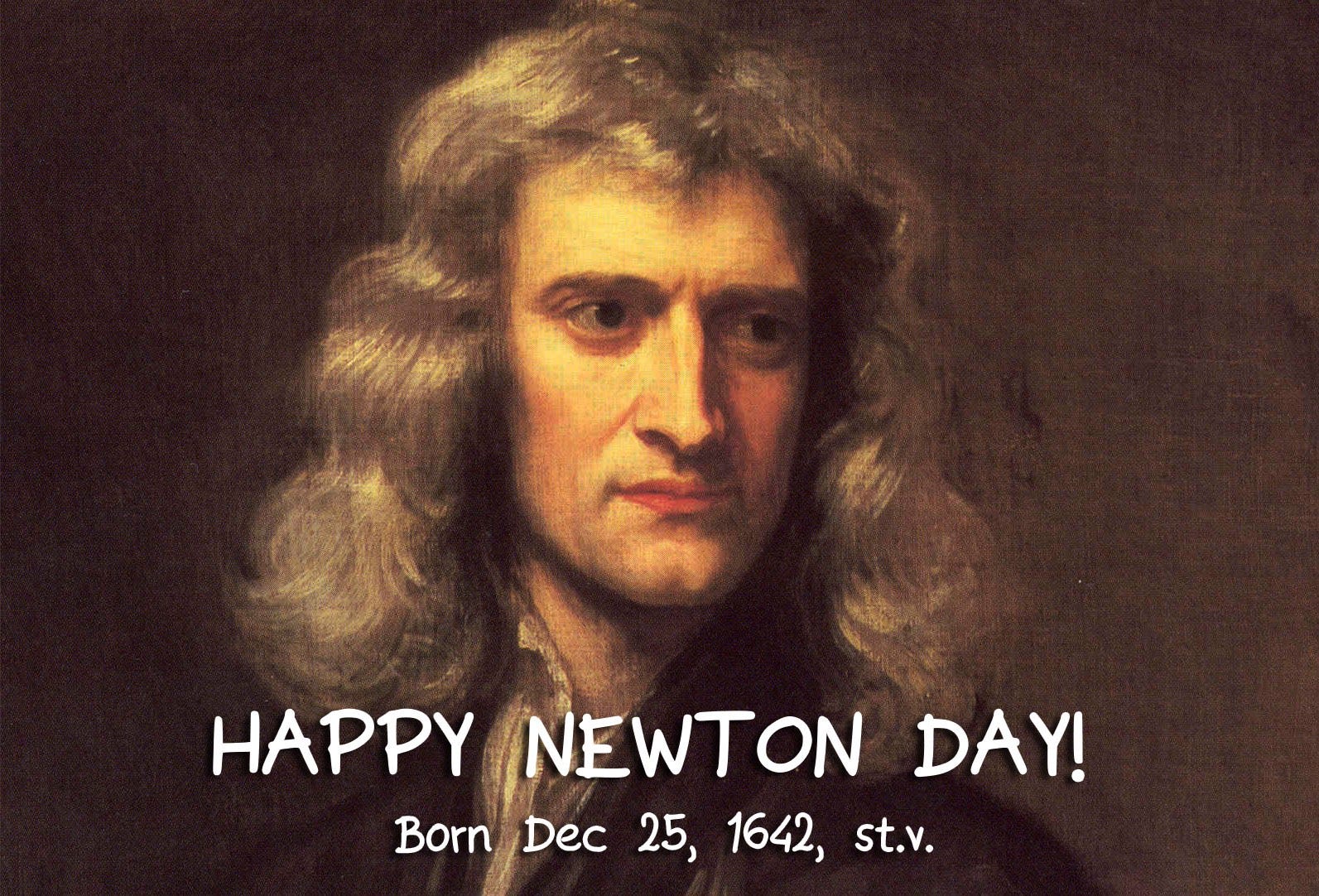



![Stream Pink Floyd Dark Side Of The Moon (1973) [Álbum Completo] by Nassart S | Listen online for free on SoundCloud](https://i1.sndcdn.com/artworks-radG9QldSU4x7yvf-TxiHbA-t500x500.jpg)
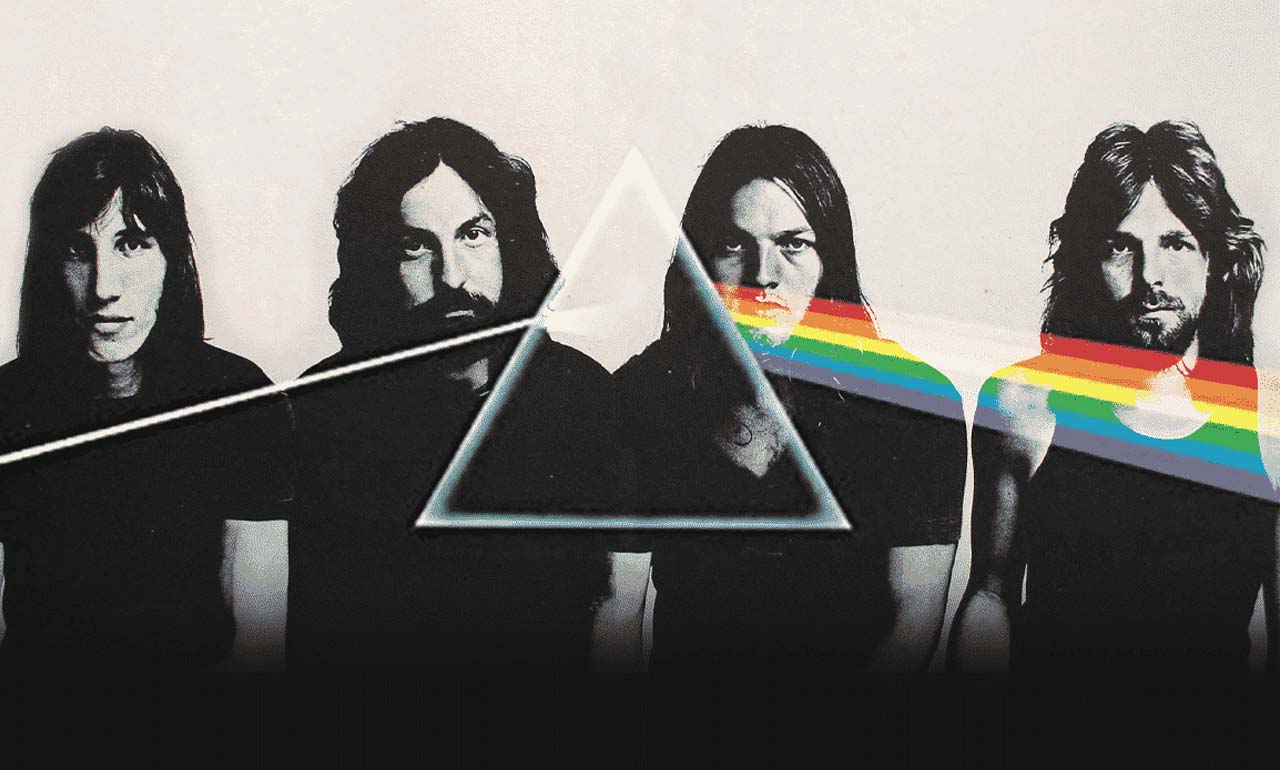
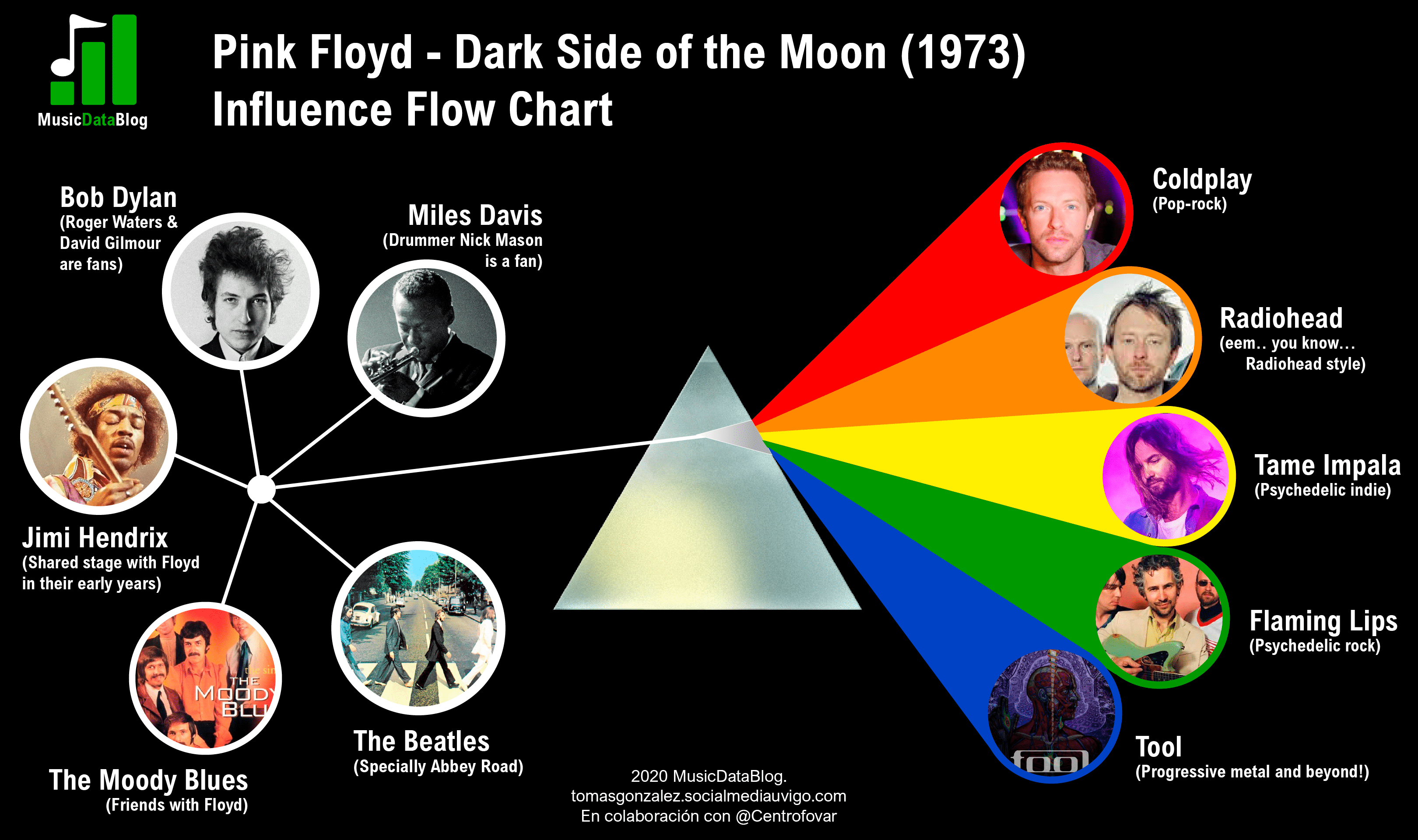






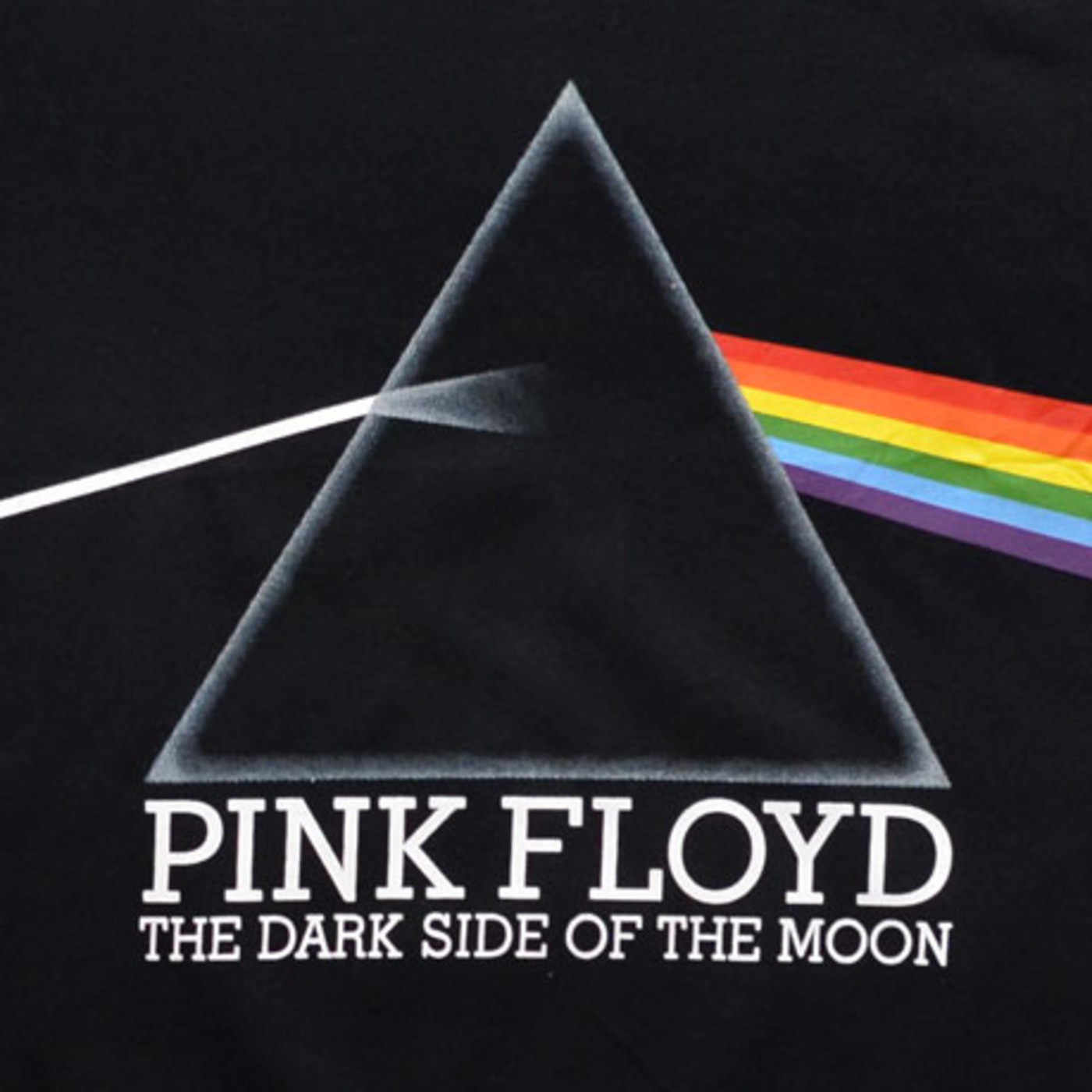



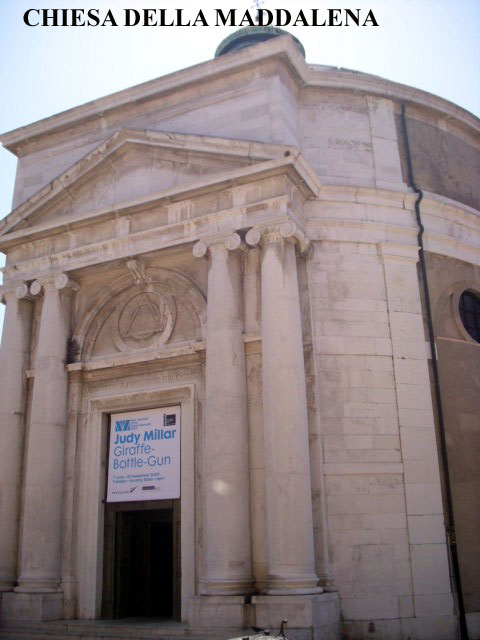
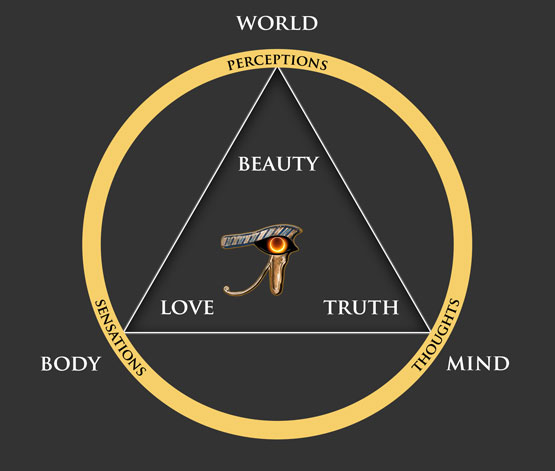
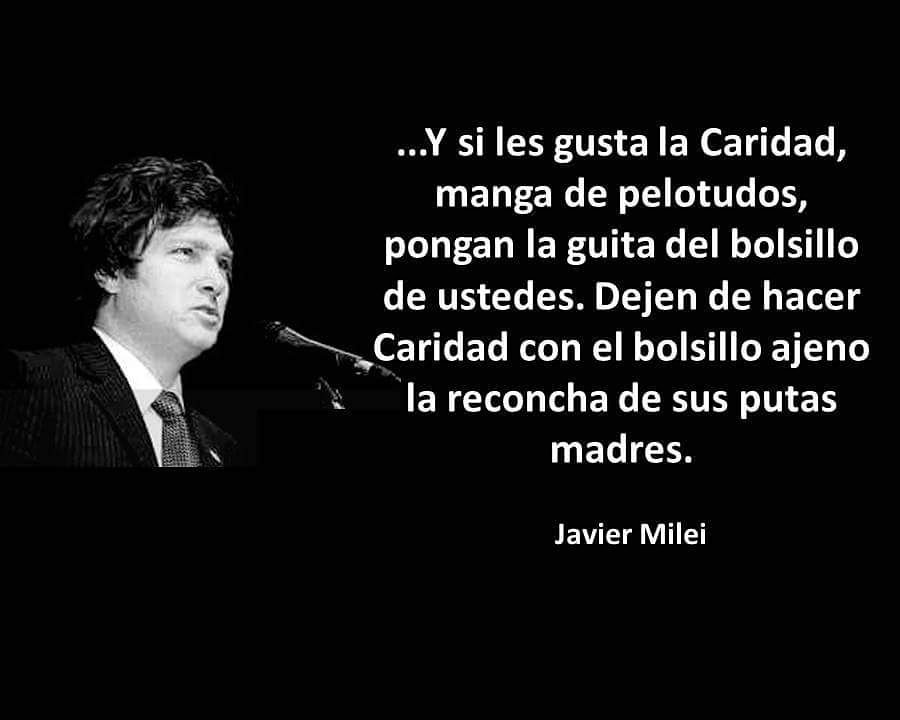
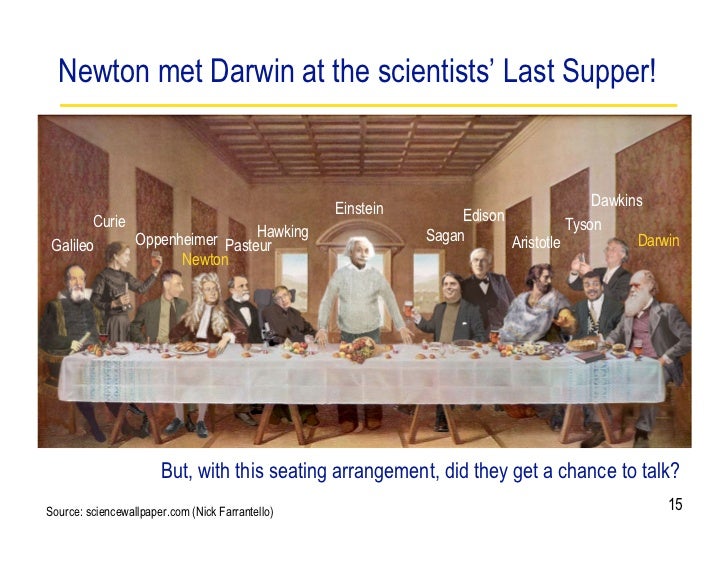
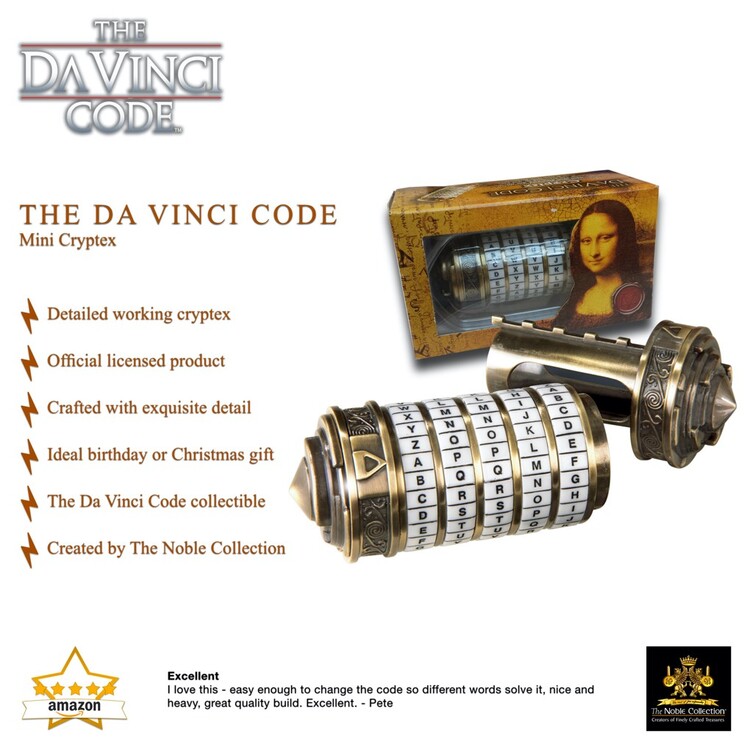
![ALCHEMY QUOTES [PAGE - 7] | A-Z Quotes](https://www.azquotes.com/picture-quotes/quote-everyone-knows-newton-as-the-great-scientist-few-remember-that-he-spent-half-his-life-fritz-leiber-132-50-93.jpg)
